In this project, volunteers sample the water quality characteristics of the stormwater discharged from outfalls into the creek. Samples are taken during dry weather (low flow) conditions and first flush rainfall (rain after a period of dry weather).
A select number of “high priority” locations – outfalls draining larger catchments – are sampled for pollutants testing in a commercial laboratory.
The goal is to characterize stormwater pollution at the catchment level and work with stakeholders to improve water quality.
BACKGROUND
The Wagg Creek watershed is 4.4 km² and is a major drainage basin in the compact City of North Vancouver, carrying stormwater through pipes and into the creek through 12+ stormwater outfalls. (link to image: Wagg Locations Priorities Streets 2024.08.28.jpg).
This area is the most densely urbanized area in the City of North Vancouver, where the pace of new development is unrelenting. As a consequence, the creek suffers intense impacts of non-point pollution including frequent development-related pollution events. A high proportion of the area is also covered with hard surfaces– rooftops, walkways, and roadways, speeding the volume and intensity of stormwater during rain.
Roadways are a source of some of the most adverse impacts, as vehicle tire wear particles accumulate during dry weather and are washed into storm drains with rain. A small volume of stormwater is intercepted by rain gardens, but most rushes untreated into Wagg.
The success of Lower Mosquito Creek habitat restoration raises the urgency to improve the water quality coming from Wagg Creek, its main tributary.
Wagg Creek supports sculpin, stickleback and marginal populations of coho and cutthroat. This year, chum spawners and fry were spotted for the first time.

First flush stormwater at Wagg Creek storm pipe

Baseflow measurements are taken in low flow periods.

August 2024 training in Wagg Creek Park

Water Rangers field sampling kits
What we’re testing for
Water sampling in the field measured common water quality parameters Water Rangers citizen science kits:
For our high priority locations, samples are tested in a certified lab for dozens of pollutants including E.Coli and heavy metals. Additionally, a number of stormwater samples have been analyzed for 6PPD-Q through the support of a UBC researcher.
Throughout spring 2025, we will conclude the monitoring phase of this project. Next steps include:
In-field sampling completed:
In progress:
Throughout spring 2025, we will conclude the monitoring phase of this project. Next steps include:
Thank you to all our partners for their continued support:
Contact the BC Government:
Report All Poachers and Polluters (RAPP)
24 hr hotline: 1‐877‐952‐7277
Contact Fisheries and Oceans Canada if
salmon are involved:
Observe, Record, Report
1‐800‐465‐4336
DFO.ORR-ONS.MPO@dfo-mpo.gc.ca
